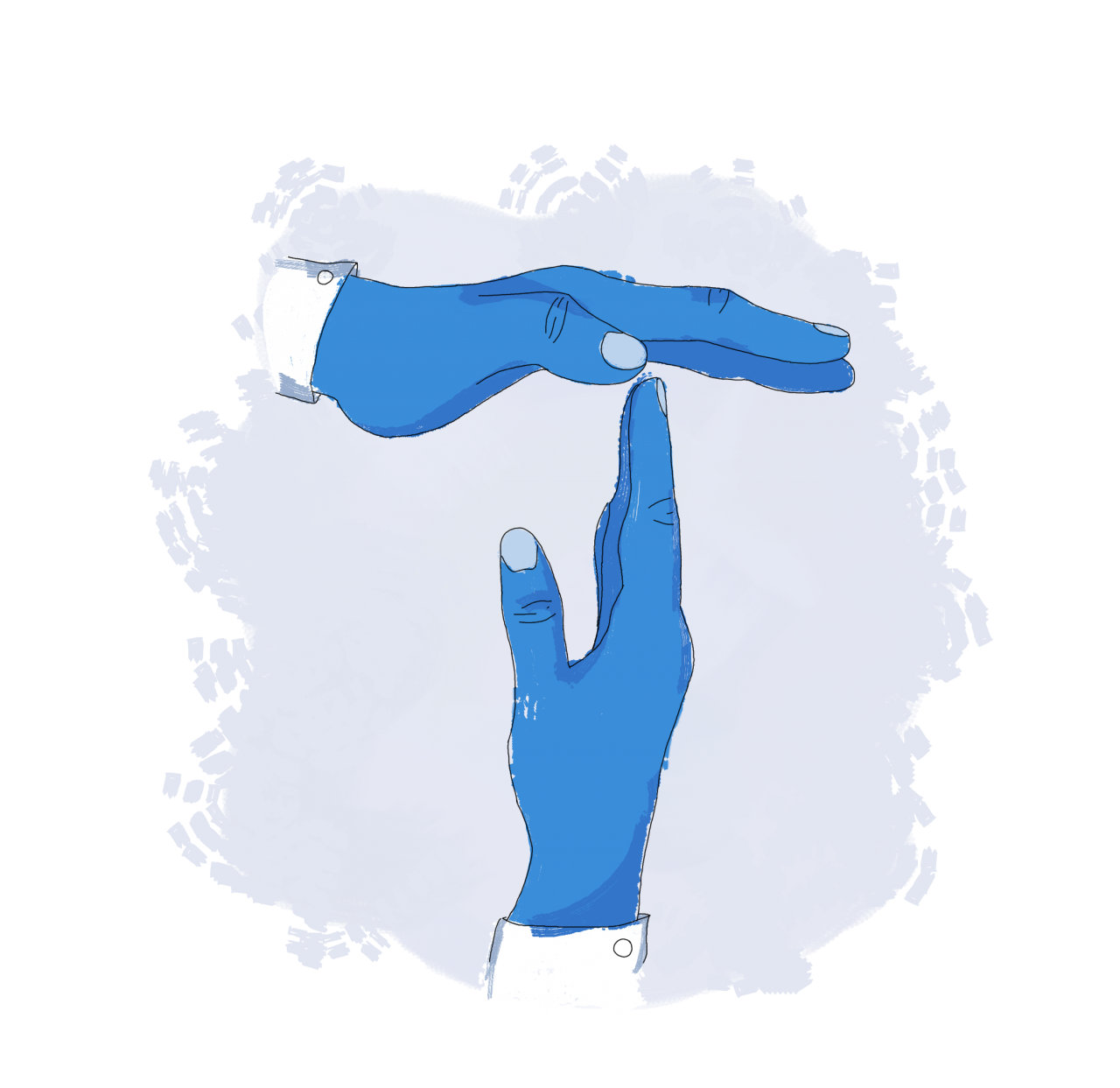.png)
.png)

In scores of coaching conversations I’ve had in the last few years, a pattern has emerged where the coachee has noticed something that hasn’t gone well in an interaction – and neither party did anything about it. Let’s call it “notice, but don’t name”:
1) While communicating with one or more colleagues, they notice a behavior that they believe is compromising the quality of the interaction.
2) They do not mention the behavior, yet they continue to notice it.
3) Once the interaction is over, they feel frustrated because they didn’t get what they needed.
4) Upon reflection, they realize that the unnamed behavior was the cause.
Inevitably, I ask my coachees: “What would you need to do differently to improve the quality of the interaction?”
The solution that has emerged again and again boils down to the words: Notice – Name – Navigate. In other words, once you notice something happening, make the implicit … explicit, and then propose a solution!
Why is it that we often hesitate to name what we notice? Sometimes it is as simple as believing that your comment will come across as a criticism or attack, so you decide not to take the risk. Maybe you don’t want to hurt someone’s feelings or damage their reputation. You may even feel that your comment will put the relationship at risk.
Yet – the risk of not naming what you notice is often much more costly. Poor interactions lead to poor performance. Furthermore, if you are the leader, your colleagues will likely have noticed and will be disappointed in you for not stepping forward to name what needs to be named.
Here are some examples of what my coachees could have said – but didn’t – coming from these sessions:
“John, I’m noticing that you are speaking faster and louder right now than you were when we started this meeting, and I'm having a hard time following you. Would you please go back to your original pace and tone?”
[Situation: someone has been taking a lot of airtime at a meeting] “Can we do a time out? [using the time-out hand gesture of forming a T with your hands – to get everyone’s visual attention – works like a dream] I’m noticing that we only have 15 minutes left, and we have not heard from Maria, Jacob, and Johan yet. Shall we turn our attention to their thoughts on this topic now?”
[Situation: Dirk appears to be repeating himself, perhaps because he isn’t sure he was listened to the first time] “Dirk, I believe that you might have mentioned this already. How about if I summarize my understanding of your point of view, to confirm whether I’ve heard what you are saying correctly?”
“I’m noticing that Sally has been interrupted three times. I’d really like to hear her point of view. Shall we give her the opportunity to finish, uninterrupted?”
[Situation: two people disagree on a topic and the conversation consists of each person continuing to express their own opinion] “I’m noticing that each of us continues to share our own (opposing) point of view. How about if you and I both summarize each other’s point of view, to the other person’s satisfaction?”
[Same situation] “It is clear that we disagree on this topic, and I don’t think that one of us will manage to convince the other of their point of view during the time we have today. Shall we agree-to-disagree for now, and meet up again at a later time?”
As I review the above examples, I am struck by several things:
Notice
If we do not notice what is happening, we will not be prepared to do something about it. This suggests that we need to arrive fully present and grounded at such interactions – alert to what is evolving right in front of us.
Name
The way in which we describe our observations is critical. It can work against us to deface someone in public, or use wording that sounds judgmental or full of assumptions. We very much need to stick to the facts. What probably will not work well (and could likely do some damage) is saying things like: “You are taking up too much airtime”; “Stop yelling at me”; “Stop repeating yourself – you’ve already explained this”; “You are being rude to Sally”; or “How can you actually have such an opinion?”.
Navigate
There are actually two avenues to consider here – propose a solution (as in the examples above), or, initiate a discussion to collect ideas on how to (differently) move forward.
Finally, consider the common sense of the suggested ways forward (Navigate). It is easy to see how they could positively impact the quality of the interaction. If our coachees can keep that at heart, then Notice – Name – Navigate will not only be within their reach, it will also be an exercise to which they will eagerly gravitate. And, taking such initiative can contribute to demonstrating informal leadership – in the moment.
Executives who replace the frustrating pattern of “notice, but don’t name” with Notice – Name – Navigate will reap the benefits that quality interactions promise: happier employees, better performance, and a stronger bottom line.
______________________________________________________________________________________________________________________________
Leader as Coach Program: Develop a Coaching Leadership Style in 9 Months!
Contact Us Now! Waiting List is Now Open!
Attention: Senior Leaders, HR Executives and Talent & Development Experts
Are you:
Would you like to:
Research shows that the direct reports of leaders who coach out-perform those leaders who do not coach.
We can help you take your leadership to the next level, empowering and inspiring colleagues to proactively take ownership - delivering top results. Feel free to email info@julie-johnson-consulting.com if you are interested in developing your coaching leadership style!